
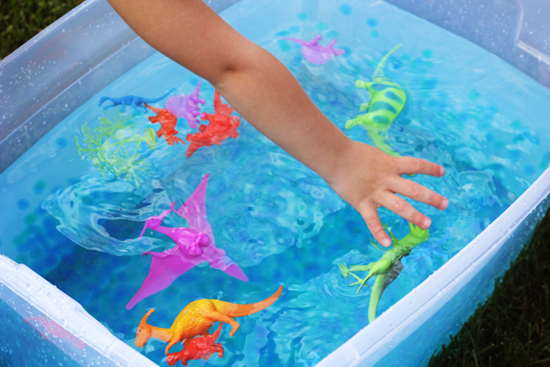 There is nothing quite like the magic of water. Swooshing, swirling and splashing, young children become completely absorbed in running their hands through the smooth ripples of this fabulous liquidy stuff which has all kinds of potential. It drips, sprinkles, splashes, pours and gushes, and makes all sorts of wonderful splishy sounds. (IPPA, 2007)
There is nothing quite like the magic of water. Swooshing, swirling and splashing, young children become completely absorbed in running their hands through the smooth ripples of this fabulous liquidy stuff which has all kinds of potential. It drips, sprinkles, splashes, pours and gushes, and makes all sorts of wonderful splishy sounds. (IPPA, 2007)
Why Playing with Water is Good for Children?
Water play, both indoors and outdoors, is a unique activity for children because it’s always available, open-ended, and provides opportunities for extended learning. Water play fosters learning in all developmental areas. It provides opportunities for children to experiment with math and science concepts, strengthen their physical skills, advance their social and emotional skills, and enhance language development.
1. It is Open-Ended
Water is one of the basic raw materials for purposeful play. Just like sand, clay, and blocks, children can use water without being constrained by the one, right way to use it. Unlike many of the commercially produced, flashy playthings available today, water is a plaything that fosters curiosity, imagination, and experimentation--and it is free. There are endless ways that you can set up water play both indoors and outdoors, in the sink or a plastic tub, in a water tray, in small individual containers or in a paddling pool indoors.

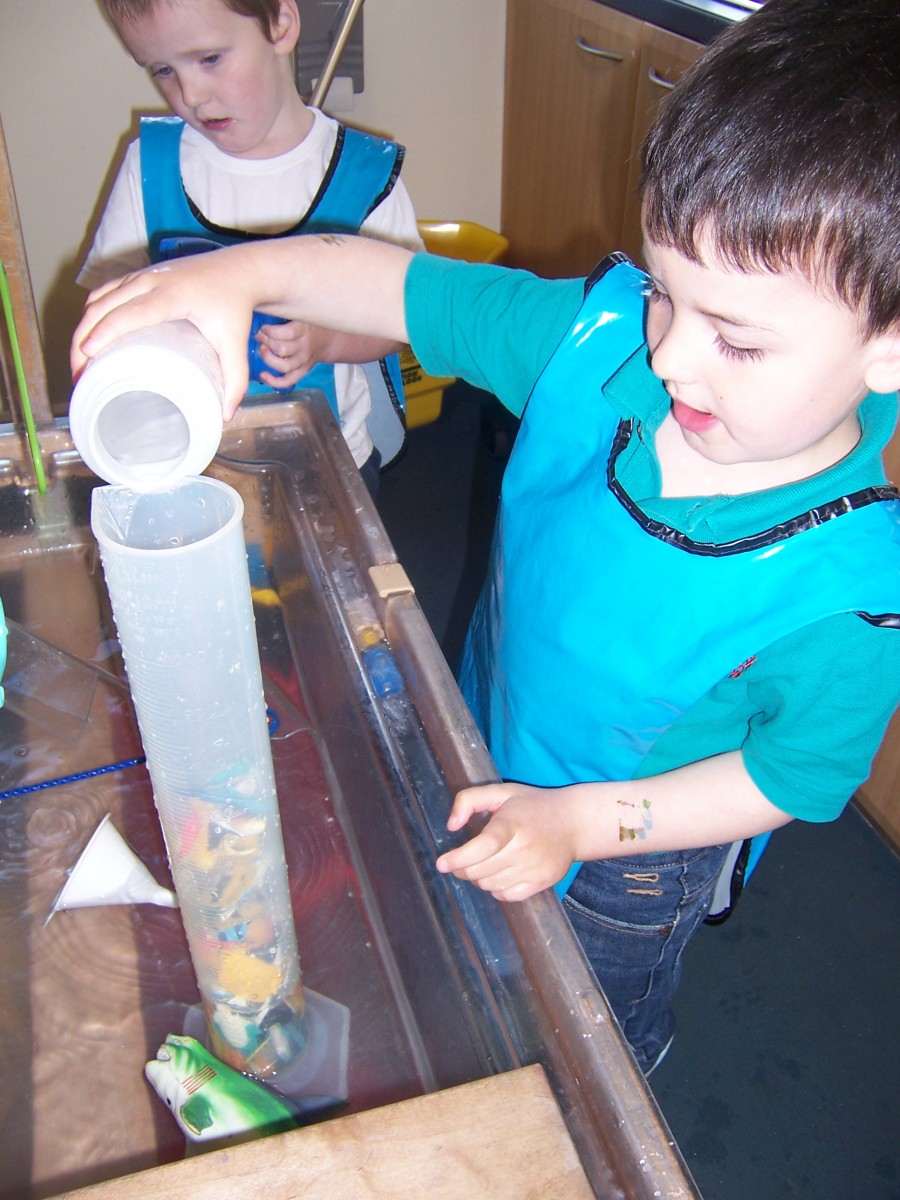


2. It Promotes Physical Development
Water play encourages the development of gross motor skills as children use their large muscles to lift buckets and wield big sponges during the play or while they fill, empty, and clean up the water area. Providing short-handled mops for children for cleaning up drips and splashes can also enhance large-muscle development.
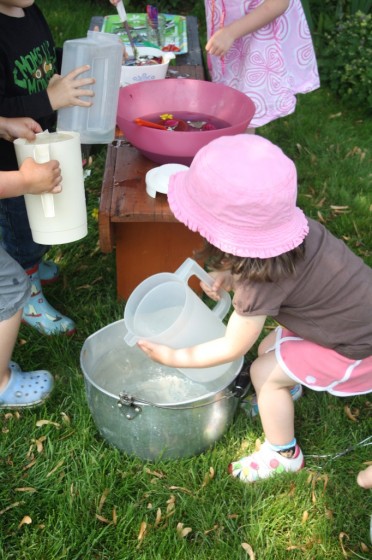
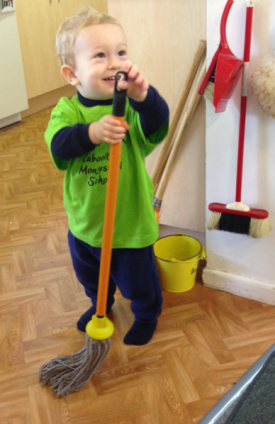
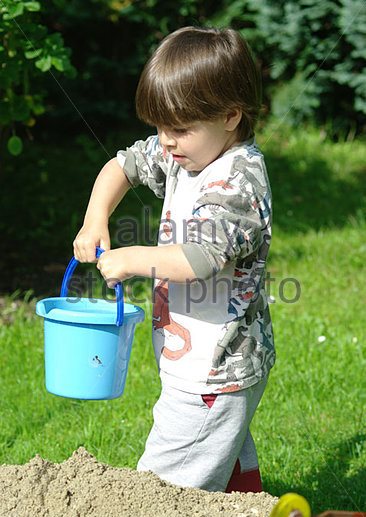
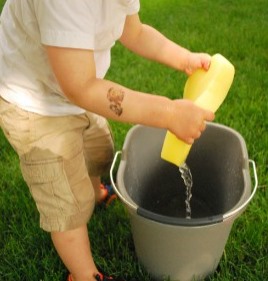
Water play encourages the development of eye/hand coordination through pouring, squeezing, stirring, painting, scrubbing, and squirting. When you add different elements to water (sand, stones, mud), children can widen their sensory experiences as they put their hands in different textures (gritty, squishy, and slimy) and different temperatures (warm, cool, and cold).
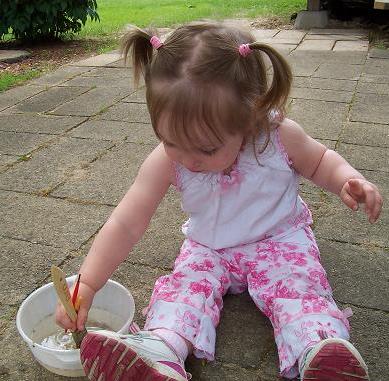

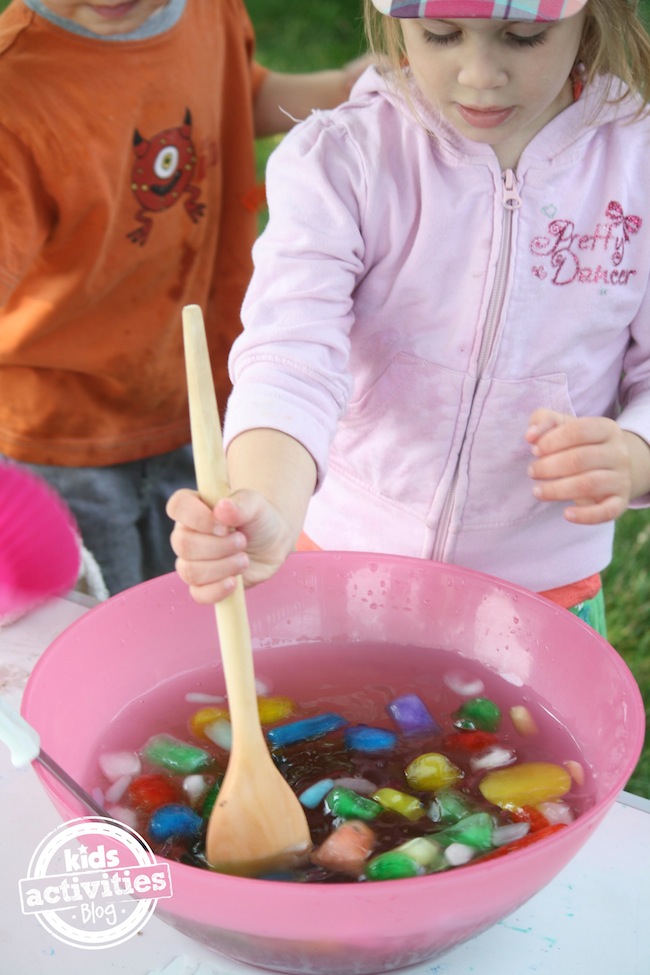
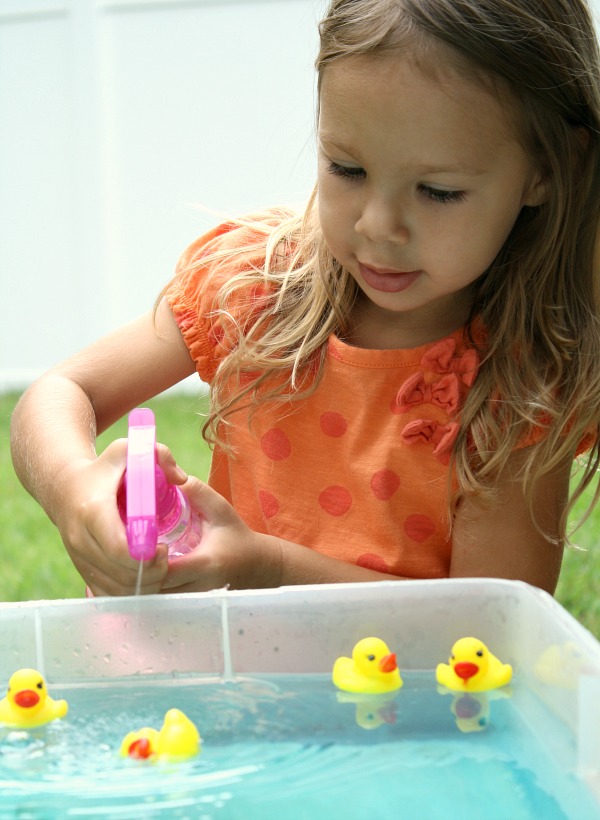
3. It teaches Mathematical and Science Concepts
Similar to sand, water is an effective way to develop children’s maths knowledge, skills and understanding. Playing with them involves investigating, experimenting, constructing and problem solving.
Children begin to understand and experiment with concepts such as more/less, same/different, many/few, empty/full, before/after, greater than/less than, and counting.
Children can learn about measurement by using measuring cups or discovering the best way to squirt long and short distances using squeeze bottles or plant misters filled with water.
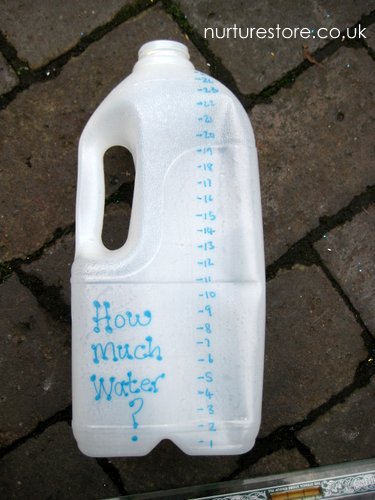
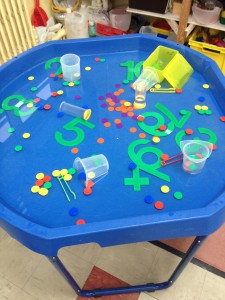
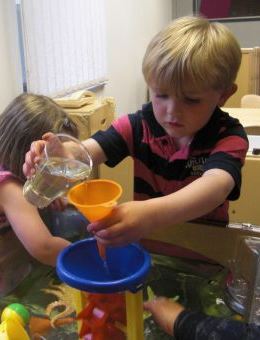

Maths and Science experiences with water
- Sorting, counting and comparing objects that float
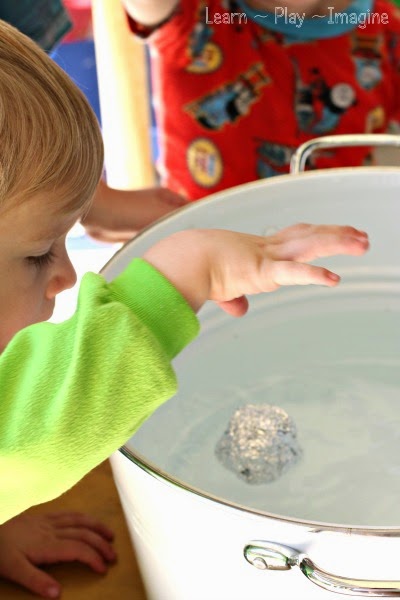
- counting how many pebbles were added to a small bucket of water before it spilt out
- Netting slimy worms of cooked spaghetti and comparing their lengths
- Using a hose to make water patterns on the ground
- Squeezing plastic bottles to empty and fill them up
- Deciding when a container is nearly half full
- Pouring water into a funnel to fill various containers
- Showing where to hold the hose to make rainbows in the sun
- Sorting into two sets the objects that float and those that sink
- Filling containers until the water overflows and discussing what that means
4. It Encourages Social Skills and Cooperation
Children practice their social interactions as they work closely with one another during water play. They solve problems about how to play cooperatively; negotiate; and share equipment, space, and materials.
Water play offers a great opportunity to help children play together. To encourage cooperative play at the water tray, provide materials that children can use together, such as water wheels and large buckets that take two to fill or carry. Also, because water play is such a simple and open-ended with no confusing rules, all of the children can have a turn if you have multiples of objects and toys in the water.
Water play can also work well when different age groups are playing together, as each child can play in their own way.

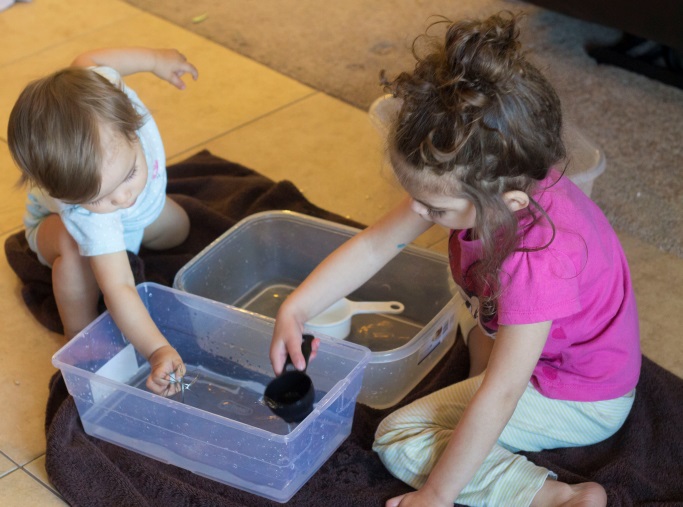
5. It Fosters Creativity
Water encourages children to use their imagination. As the children play, they may pretend that they work at a car wash or pretend the water tray is a bathing area for their dolls. Water also encourages children to try out new ideas and solutions to problems in a safe environment especially when the children are have a variety of materials and equipment available to them to use in their water play.

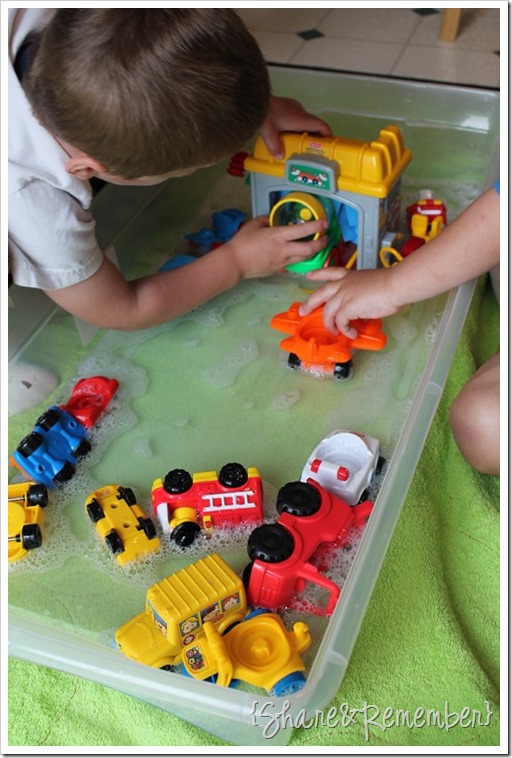
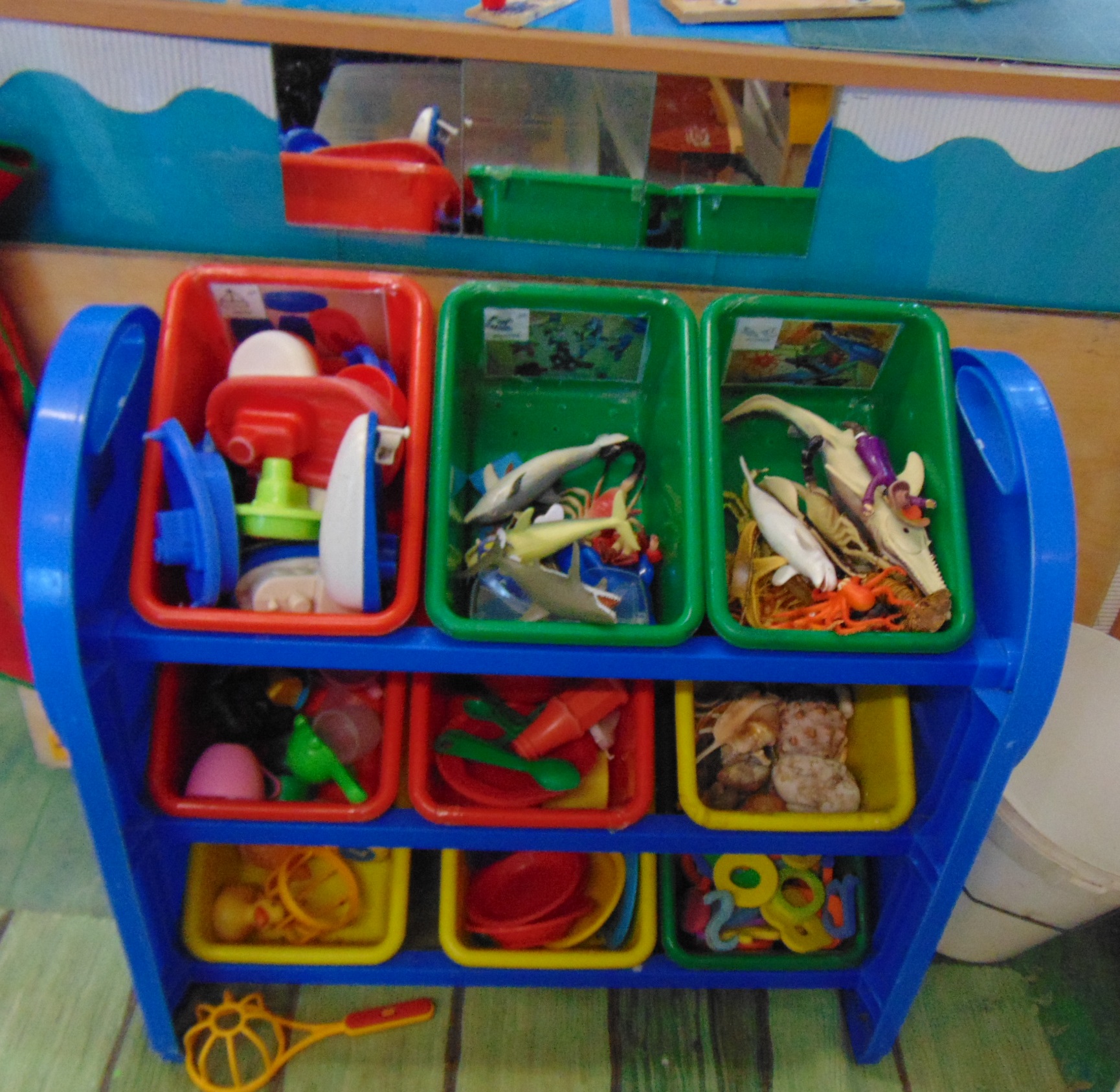
References:
IPPA, the Early Childhood Organisation, 2007 “Inspiring Play in Early Childhood”. IPPA, the Early Childhood Organisation
http://www.communityplaythings.com/resources/articles/2005/making-the-most-of-water-play
http://www.earlychildhoodnews.com/earlychildhood/article_view.aspx?ArticleID=374
http://www.hanen.org/Helpful-Info/Fun-Activities/Water-Play-with-Preschoolers-The-Hanen-Way.aspx